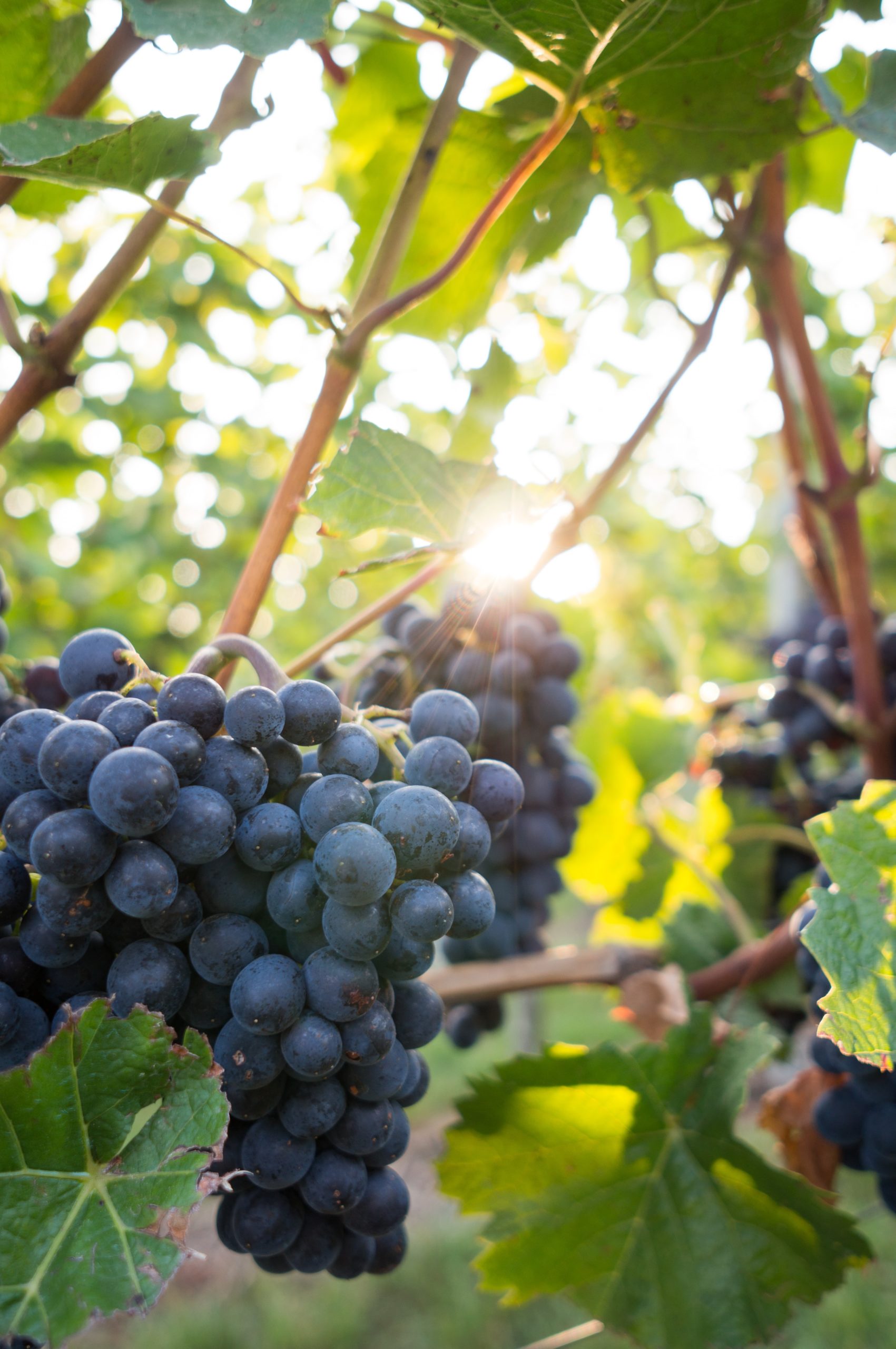Bragato Research Institute Pinot Noir Programme, Research Aim 4.1 – Bunch sorting and Research Aim 4.2 – Validation wines Popular Article
Beullens J1, Grose C1, Stuart L1, Yang L1, Yvon M1, McLachlan A2, Rutan T3
The New Zealand Institute for Plant and Food Research Limited: 1Marlborough, 2Palmerston North, 3 Bragato Research Institute.
Industry doctrine dictates that high-quality Pinot noir wine is predominantly defined by the composition of the grapes. There are, however, a wide range of factors that determine a wine’s composition and quality. In this study we attempt to answer the question “can objective classification of bunch morphology, maturity and colour classes give rise to wines that simultaneously increase both yield and quality?”
Bunch morphology necessarily affects grape yield on both per vine and per unit area bases. Comparable yields can be composed of a larger number of relatively small bunches or of a smaller number of larger bunches. In New Zealand Pinot noir vineyard systems bud numbers per vine are generally tightly controlled. Under these conditions the number of bunches per vine is comparatively stable from year to year and yield variations are driven more by the number of berries per bunch and/or the average berry mass, which together determine the bunch mass.
Our research goal was to eliminate fruit ripeness as a variable, which we did through careful bunch selection and sorting techniques. Grapes were harvested during the 2019 vintage from a Marlborough vineyard and bunches were density sorted using a flotation method. A single density class of narrow total soluble solids range (21.7–22.1 °Brix) was further sorted into five bunch mass classes (<60 g, 60–79 g, 80–99 g, 100–119 g, >120 g). Sufficient fruit was sorted and randomly apportioned to enable replicate ferments for each bunch class.
For the parameters measured, large bunches resulted in wines of similar composition to wines from small bunches. The biggest bunch mass class (>120 g) tended to have lower juice primary amino acids, ammonium and yeast available nitrogen content and this trend was also observed in lower concentrations of individual amino acids measured in the juice.
Different bunch size classes ranging from 60 g to 120 g at identical sugar maturities produced wines of similar composition including phenolic and colour content (Figure 1) with no statistically significant differences. There was, however a trend towards more colour and higher phenolics in wines made from smaller bunch size classes.

Figure 1. Influence of bunch mass classes (<60 g, 60–79 g, 80–99 g, 100–119 g, >120 g) on phenolic and colour concentrations in Pinot noir wine from a Marlborough vineyard site. Error bars are 95% confidence intervals for the mean.
Results from both 2018 and 2019 indicate that the distribution of bunch sizes encountered and their sorting into size classes would mean that a high proportion of the crop (>70%) would need to be redirected to an alternate product stream to benefit from the small compositional gains achieved by making wines exclusively from the smallest bunch mass class. The small compositional benefits should also be assessed in the context of the vintage effect on wine composition. Monomeric anthocyanin and colour density measurements in 2019 were three-fold higher than in the 2018 wines, which reflected the intense colour observed vintage-wide in the 2019 wines. However, further investigation into the use of berry sorting technologies and winemaking treatments in 2021 will continue to support a greater understanding of grape morphology on wine secondary metabolite composition.
The 2018/19 year of research builds on our knowledge of the effects of bunch morphology class and winemaking treatments on Pinot noir wine secondary metabolite composition. In this study we also questioned whether small-scale research winemaking practices are appropriate to form and retain secondary metabolites in the production of Pinot noir wine made at small scale. To that end, research winemaking protocols were further developed to include co-inoculation of lactic acid bacteria for malolactic fermentation during primary fermentation. Wines were successfully made using the newly developed winemaking protocols, producing wines that were comparable with the generically accepted parameters for Pinot noir wine composition. This is an important outcome for establishing robust, small-scale research winemaking protocols for future implementation within the Pinot noir research programme.
Our proposed next step is to explore methods to output single file streams of berries onto a moving conveyor. These would then pass under an optical sensing system to classify berries by size, soluble solids content and colour. The aim would not be to sort the berries but instead to derive the crop “population statistics” for key factors such as berry size, berry colour and TSS. This real-time data could then be used by winemakers to decide on optimal winemaking methods as the fruit arrives into the winery.
This research continues to build our knowledge on characterising the effects of bunch morphology class and winemaking techniques on secondary metabolite composition of Pinot noir wine. In the future, viticultural studies could be directed towards increasing bunch size while maintaining or reducing the size of berries as a means of breaking the yield-quality see-saw.
This article first appeared in the August/September 2020 issue of the New Zealand Winegrower Magazine.

















